Euzophera bigella
(Zeller, 1848)
-
 Subfamily: Phycitinae, Phycitini
Subfamily: Phycitinae, Phycitini -
 Wingspan: 15-20 mm
Wingspan: 15-20 mm -
 Flight period: Apr - Sep
Flight period: Apr - Sep -
 Spread: Common
Spread: Common -
 Host plants: Rosaceae, Juglandaceae, Punicoideae
Host plants: Rosaceae, Juglandaceae, Punicoideae
Information
The Euzophera bigella is a moth of the Pyralidae family, with a wingspan of 15-20 mm.
It is found in most of Europe with the exception of Ireland, Holland, the Scandinavian Peninsula and the Baltic Sea region. *
Its range extends to the Middle East (Iran) and North Africa (Morocco)
In Italy it is also present in Sicily. *
The front wings of the Euzophera bigella are of a washed ocher color with intense dark gray / brown dusting
It has wings divided into three parallel bands (in the discal and postdical region) by two clear lines. The inner line crosses the wing, with a uniform course, from the costa to the inner edge.
The outer line bends almost to form a "tooth" at the height of the median veins. A series of dark spots are visible along the termen. **
Stain in the cell just marked.
Translucent white hind wings with brown dusting, along the edge and on the veins, the wings are fringed.
Head, thorax and abdomen are dark gray / brown. **
Overall, knowledge of the biology of this moth is still modest.
Its activity has been detected in the cortical tissues of arboreal plants and it seems that previous lesions to the bark favor the settlement
and the activity of the larvae of this moth. ***
Lately the attacks against the fruits have been significant, but, until now, they have always been considered secondary
(development of the infestation after the establishment of other parasites). But recent studies suggest that Euzophera bigella itself causes the primary damage. ***
Although Euzophera bigella is not considered a parasite of olive trees, in the summer of 2011, it was recorded for the first time as a pest of these plants in
several orchards in the rural area of the Municipality of Amphipolis (Region of Central Macedonia). ****
This infestation has induced cracks and swelling on the bark of the branches and in the periderm of the trunks,
accompanied by an extensive necrosis of the inner bark, which caused the drying of the branches or even the death of the entire trees. ****
The larva is greyish in color, with an amber colored head and prothoracic shield. *****
The chrysalis is yellow with brown shades at the apexes and abdominal segments. *****
The larvae have been recorded on the wood of Rosaceae trees such as Malus sp. (apple tree), Cydonia sp. (quince), Pyrus sp. (pear), Prunus domestica (plum), Prunus armeniaca (apricot)
Prunus avium (cherry), of Juglandaceae as Juglans sp. (walnut) and Punicoideae such as Punica granatum (pomegranate).
* Lepidoptera mundi https://lepidoptera.eu/ - Fauna Europea https://fauna-eu.org/
** Bestimmungshilfe für die in Europa nachgewiesenen Schmetterlingsarten - http://lepiforum.de/ -
*** Centro Ricerche Produzioni Vegetali, inserto la difesa del pesco "Come si interviene contro FITOFAGI e FITOMIZI"
**** Euzophera bigella (Zeller) (Lepidoptera: Pyralidae) and Dasineura oleae (F. Low)
(Diptera: Cecidomyiidae): Emerging olive crop pests in the Mediterranean? - Journal of Pest Science 85(2):169–177·June 2012. - https://link.springer.com/article/10.1007/s10340-012-0418-1
***** https://www.semanticscholar.org/paper/Euzophera-bigella-(Zeller)-(Lepidoptera%3A-Pyralidae)-Simoglou-Karataraki/c1f342b16787dbda0cff57f8f8b7d30fefa68d16/figure/7
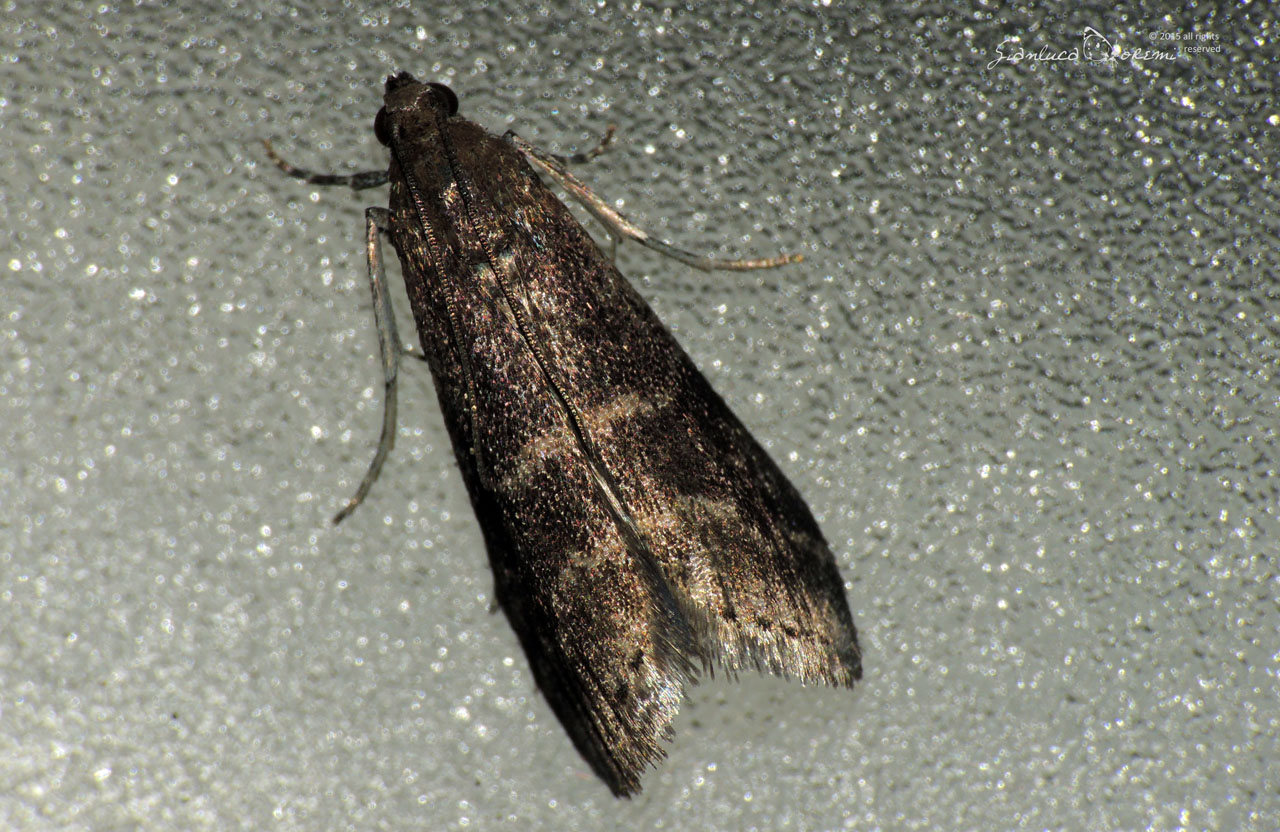
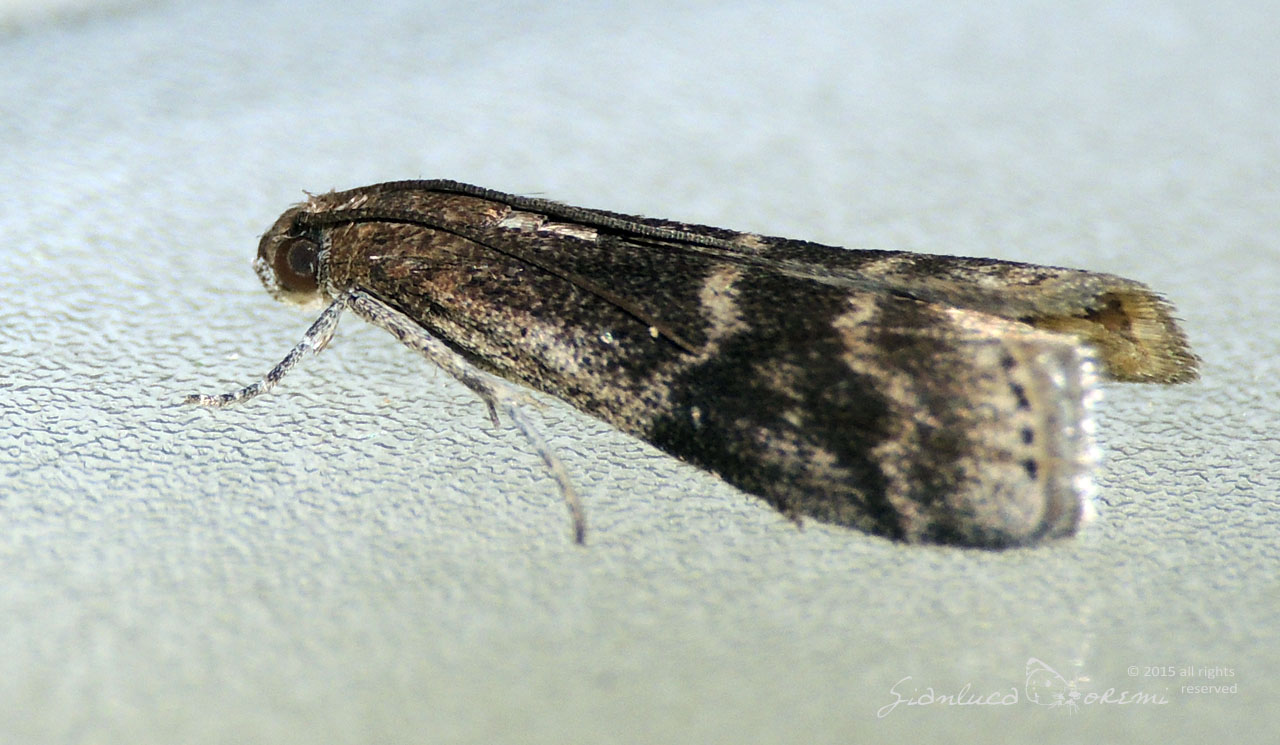


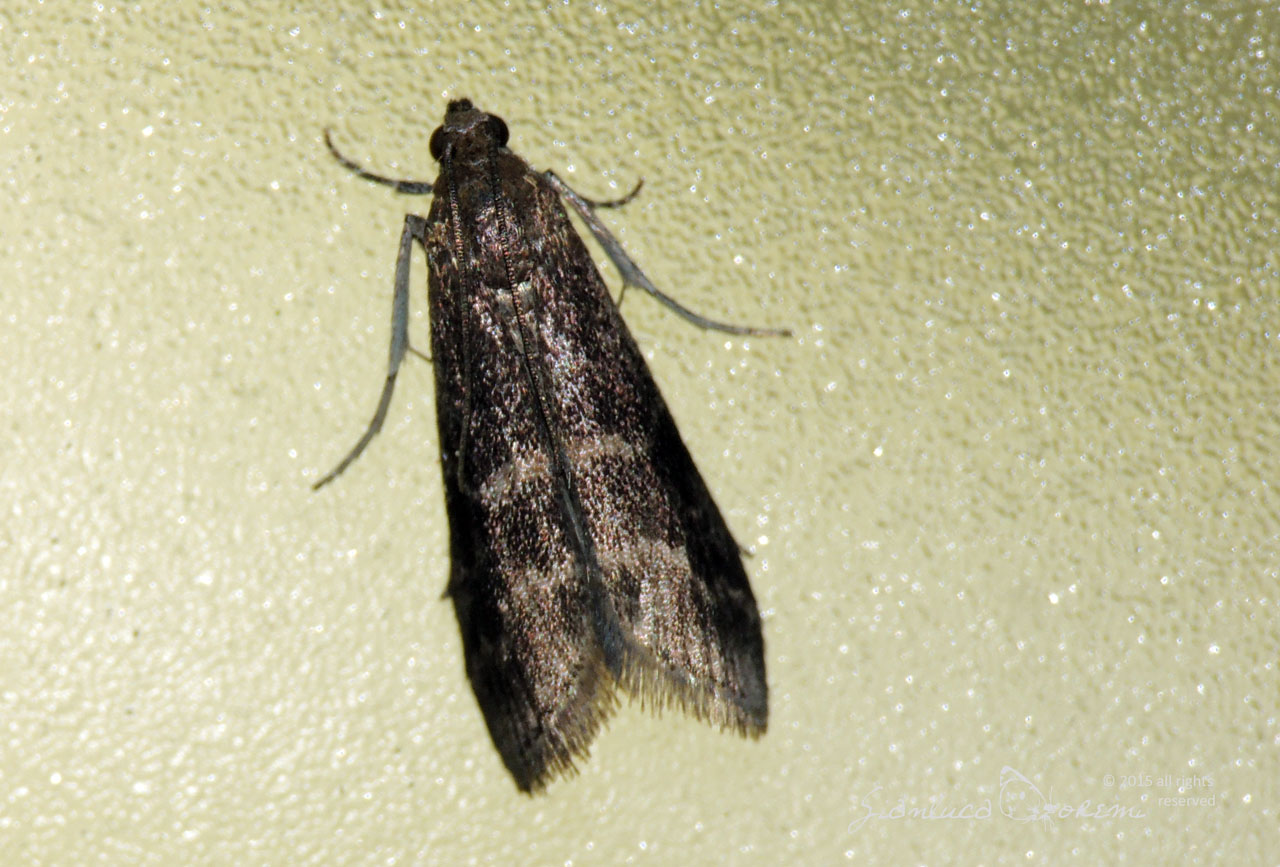
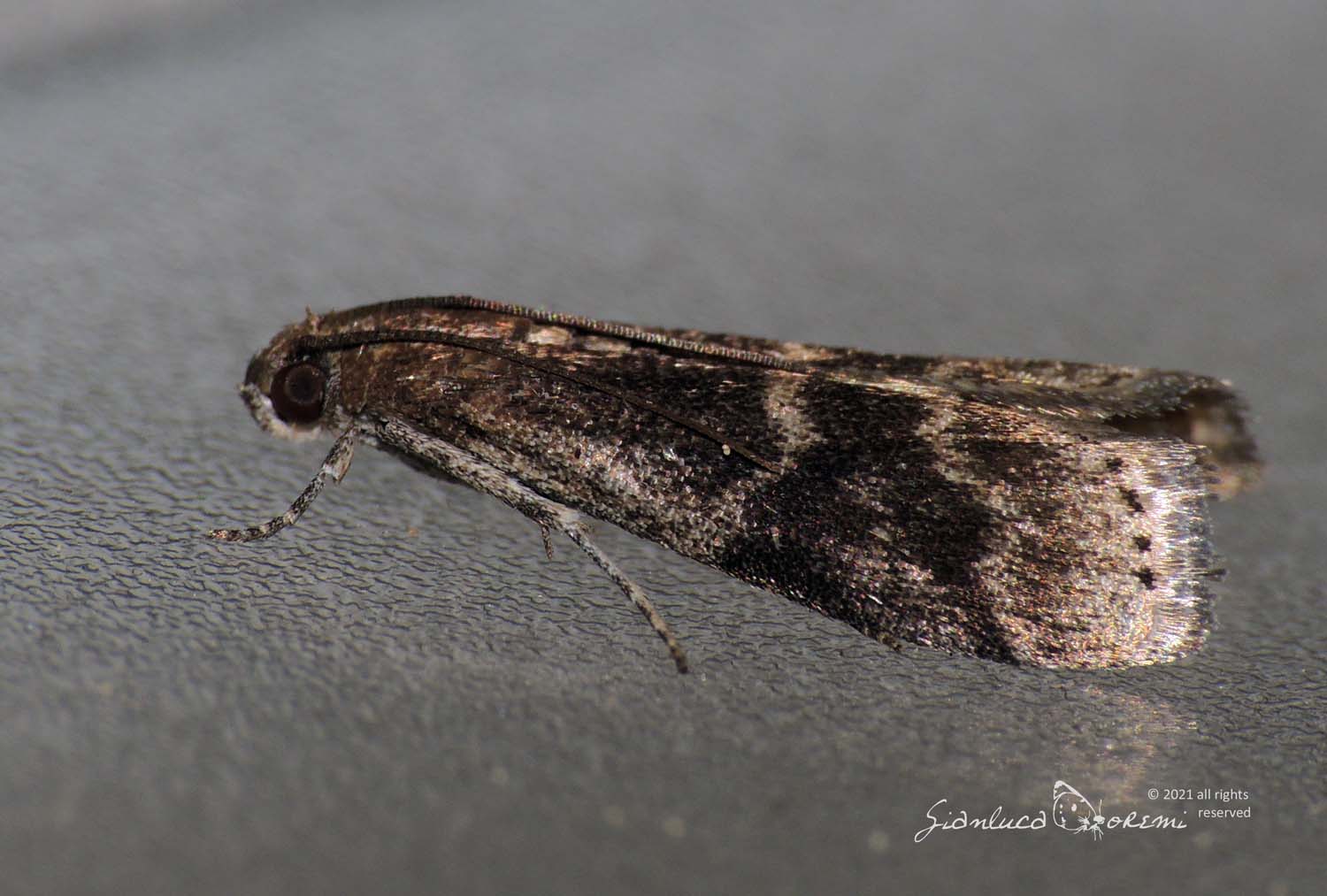
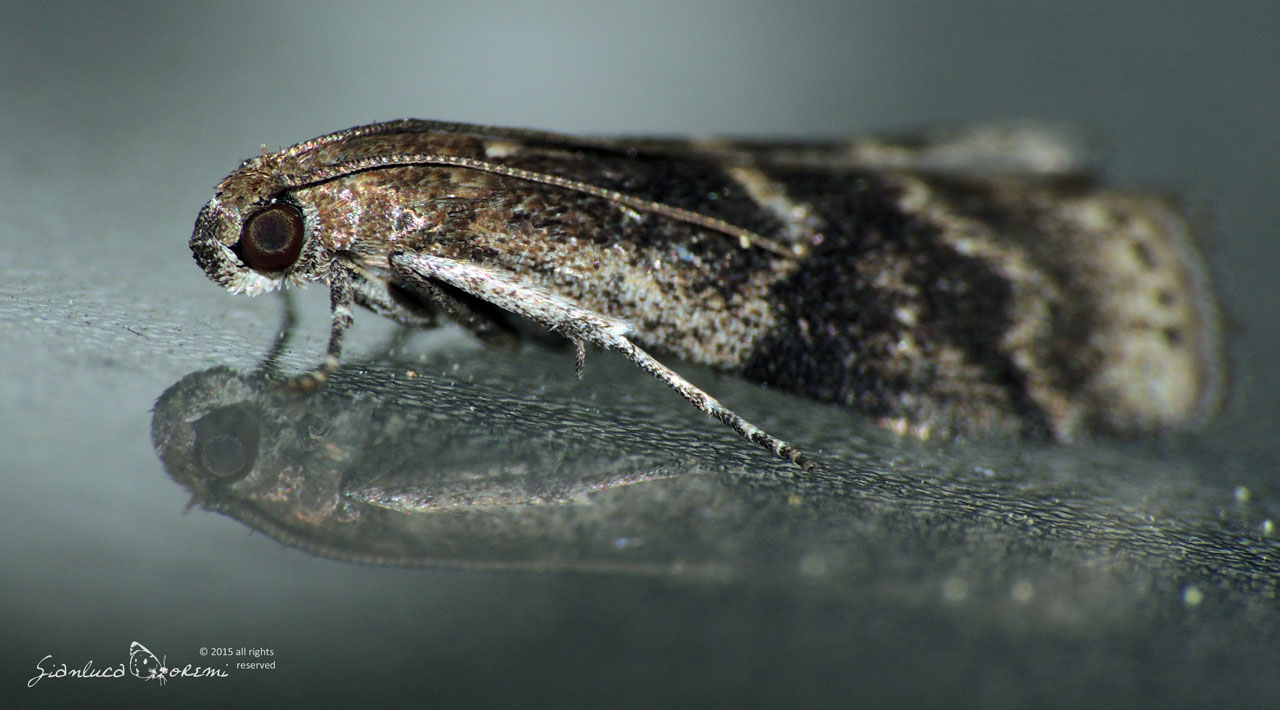
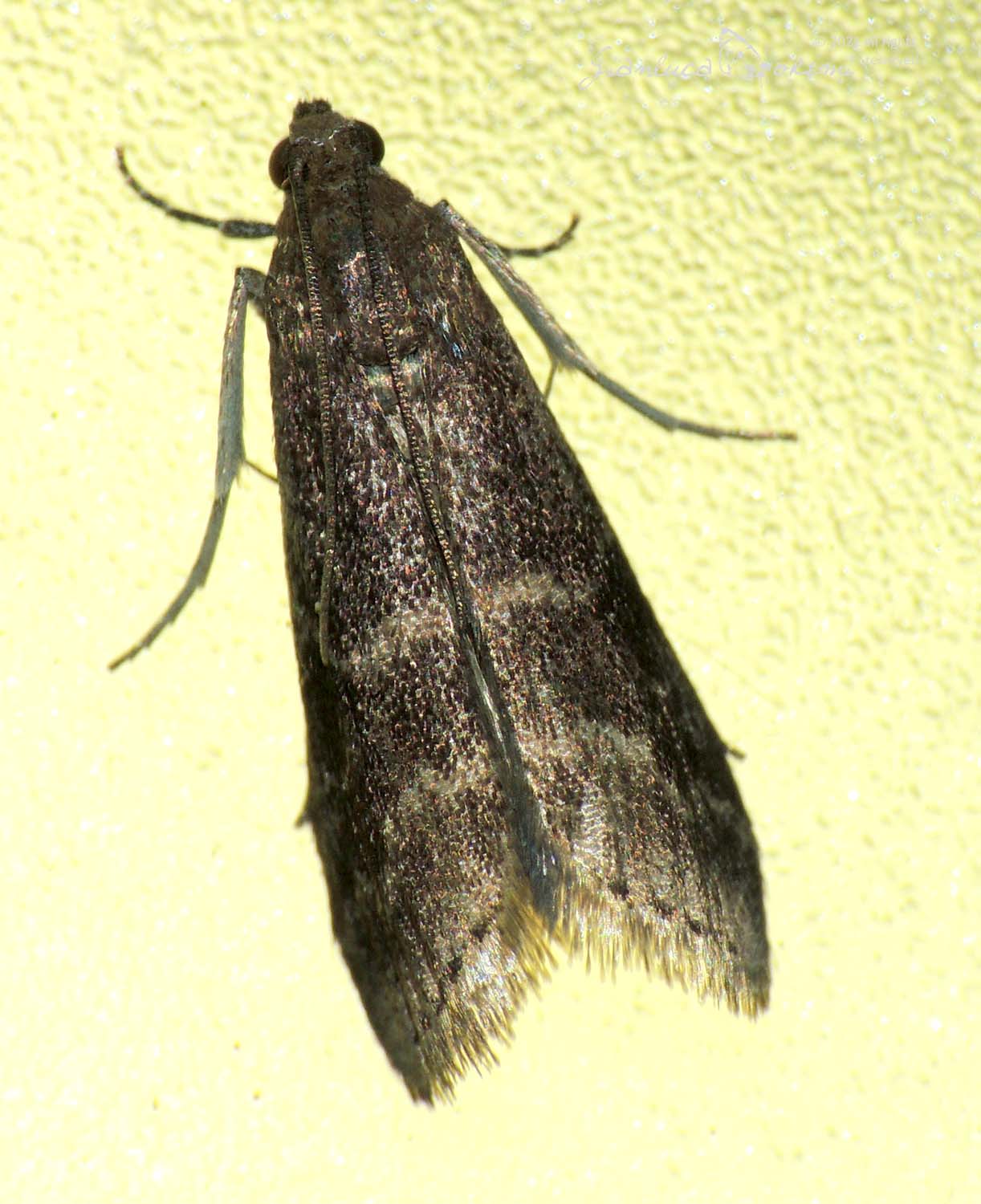


 EN
EN ITA
ITA
Social and publications